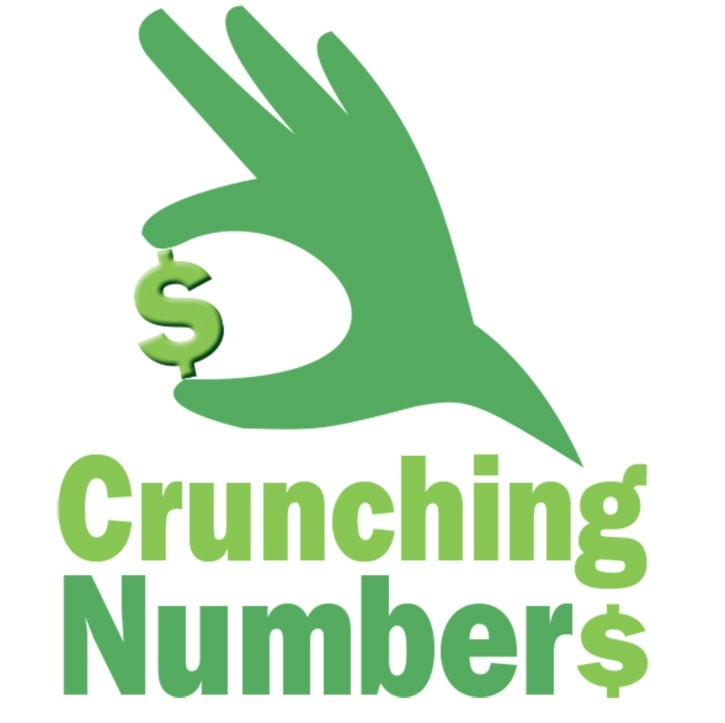Greg NesteroffWest Kootenay Advertiser
School districts have little leeway in controlling salaries, the chairs of two local boards say.
Financial reporting for 2012-13, the most recent available, showed the Kootenay Lake district had the highest payroll at $38.7 million, followed by Kootenay Columbia at $27.5 million, and Boundary at $11.4 million.
Expressed per student, the sequence is reversed with Boundary the highest at $8,683 for each of its pupils, followed by Kootenay Columbia at $7,113 and Kootenay Lake at $6,612.
The Ministry of Education’s funding formula includes a base amount for each student plus supplementary grants to address things like declining enrolment and salary differentials in districts with higher-than-average teacher salaries. Overall, per-pupil provincial funding was about $8,500.
Kootenay Columbia chair Darrel Ganzert said teacher numbers are largely dictated by enrolment and provincial contracts, limiting trustees’ ability to keep staffing costs down.
“The more years experience you have, the more expensive you are,” Ganzert said. “We will occasionally hire people with a lot of experience, but most teachers [hired] are beginning teachers at lower wages.”
As for senior administrators, Ganzert said wages have been frozen provincially for the last two years and when they hire someone, there is no dickering. “Typically if a position comes up, we would set the wage and people would apply or not. The wage would be pre-set on the job posting,” he said.

Prior to the freeze, increases corresponded to teachers’ raises.
Boundary district chair Teresa Rezansoff, who is also president of the BC School Trustees Association, said their budget process emphasizes student choices in secondary schools, keeping all schools open, and meeting student needs in areas like special education, learning assistance, and counselling.
She also said they are “very lean” administratively, with several principals responsible for more than one school or teaching part-time.
“Our senior staff is very small. The board regularly examines its administration numbers, just as it does all staffing levels, especially when retirements happen.”
Rezansoff said administrative salaries are determined by enrolment and in comparison with other similar-sized district.
Kootenay Lake school district chair Rebecca Huscroft couldn’t be reached for comment.
The Southeast Kootenay district, headquartered in Cranbrook, has enrolment and payroll numbers very similar to Kootenay Lake’s, but almost 30 more employees earning over $75,000 a year and five more earning over $100,000.
The Kootenay Lake district had 5,755 students in 2012-13 attending 21 schools and distance and alternate programs in Nelson, Creston, Salmo, Kaslo, Meadow Creek, Crawford Bay, the Slocan Valley, Blewett, Longbeach, Erickson, and Yahk.
Kootenay Columbia had 3,870 students at its ten schools and alternate programs in Castlegar, Trail, Rossland, Fruitvale, Warfield, and Robson.
Boundary had 1,318 students in ten schools and an alternate program in Grand Forks, Greenwood, Midway, Rock Creek, Christina Lake, Beaverdell, and Big White.

— With files from Craig Lindsay and Jim Sinclair
